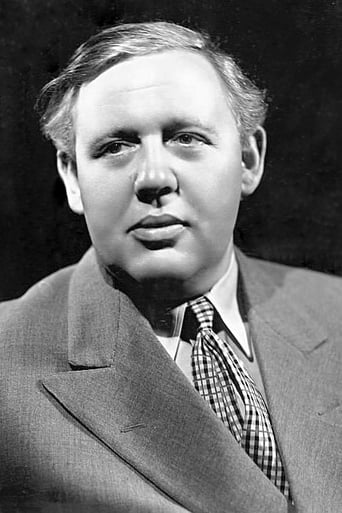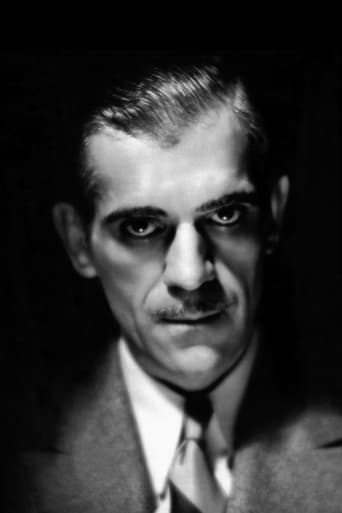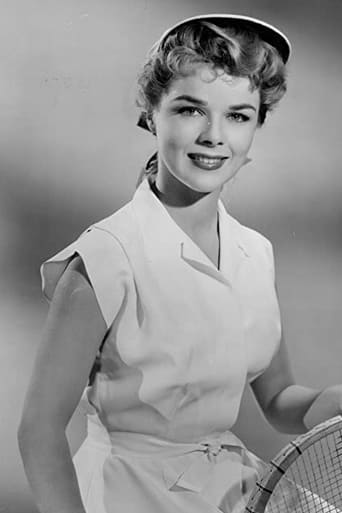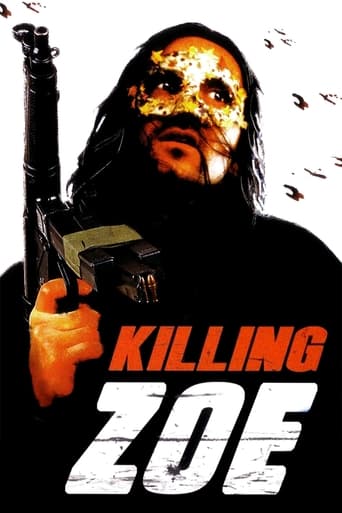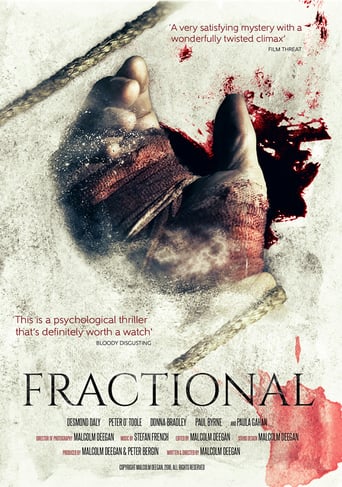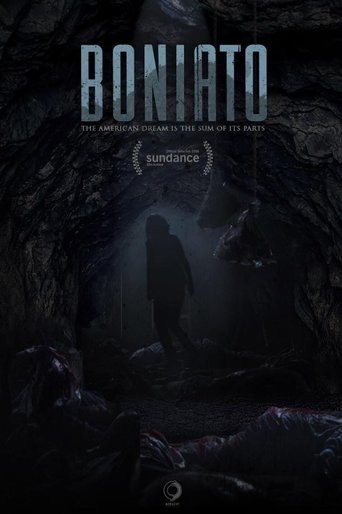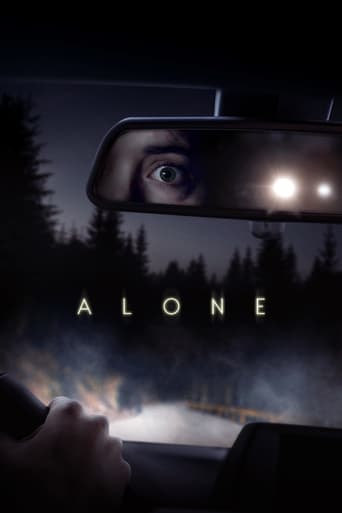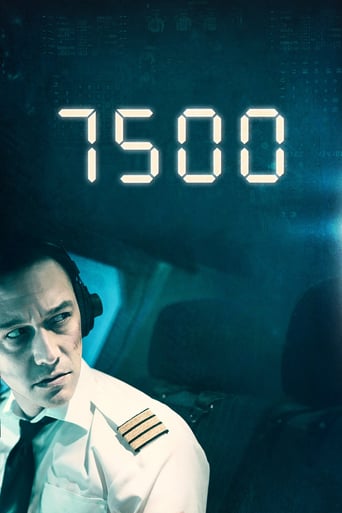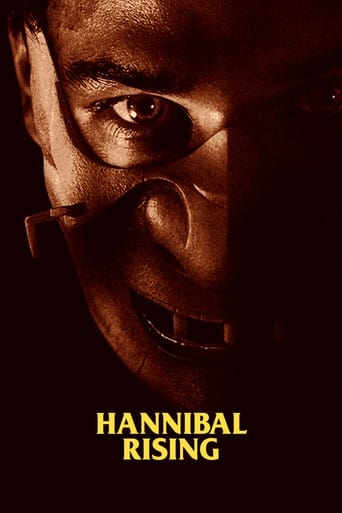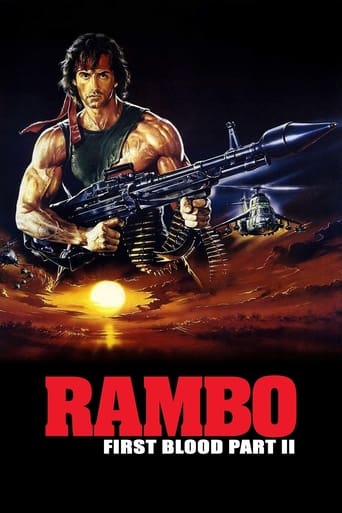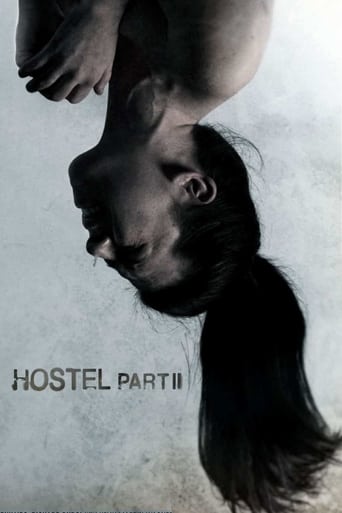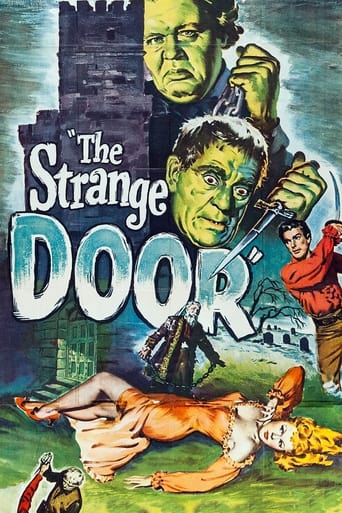
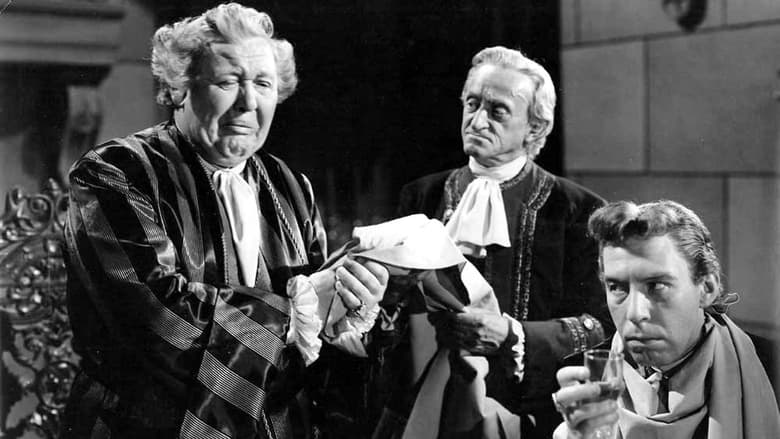
The Strange Door (1951)
The wicked Alain plots an elaborate revenge against his younger brother Edmund, leading to a deadly confrontation in his dungeon deathtrap.
Watch Trailer
Cast


Similar titles
Reviews
I like the storyline of this show,it attract me so much
Although I seem to have had higher expectations than I thought, the movie is super entertaining.
The plot isn't so bad, but the pace of storytelling is too slow which makes people bored. Certain moments are so obvious and unnecessary for the main plot. I would've fast-forwarded those moments if it was an online streaming. The ending looks like implying a sequel, not sure if this movie will get one
The movie's not perfect, but it sticks the landing of its message. It was engaging - thrilling at times - and I personally thought it was a great time.
Age has its benefits, as I am learning from having read other reviews here of this film. I was always a Karloff fan, but I only found Charles Laughton at the age of 11, when we got our first TV set in 1950. Not only were some of his older English films on display there, but being centered in New York City at the time as a star of the historic stage reading of DON JUAN IN HELL, he himself was all over TV, introducing AMAHL AND THE NIGHT VISITORS, doing dramatic readings, guest shots, interviews, even occasionally taking part in game shows - Charlie was nothing if not democratic. Anyway, after discovering him in this manner, the very first film I then recall him making was THE STRANGE DOOR (oh, there had been THE BIG CLOCK and THE PARADINE CASE fairly recently, but they were just a bit too early to have been a part of my youthful movie-going experience - every day, seven days a week!). What I vividly recall is that when this film was being made, the various movie columns endemic at that time made much of the teaming of Laughton and Karloff. In fact, we were promised that there would be some kind of fight scene between those two iconic actors that would be the best such event filmed since the one in William Farnum's THE SPOILERS all the way back around 1914 or so. When the film came out, it wasn't that well reviewed, and certainly without any reference to the actors' 'epic' struggle. When it finally got to my neighborhood and I went to see it at the RKO Greenpoint, it was quite disappointing, although even then I was performance-oriented and loved Laughton's wildly excessive acting job (Karloff's more restrained one, too). The promised epic fight scene never came to be; rather, the two actors simply grappled with each other for about ten seconds or so, no punches thrown, drop kicks, eyes gouged, etc. So, as with the next year's Karloff vehicle, THE BLACK CASTLE, I was sorely disappointed and had not seen either of those films since. Watching both last night, for the first time in 65 and 64 years respectively, I found my original evaluation to be pretty accurate, and that I still really did LOVE Laughton's over-the-top performance as the villain of the piece (which alone gives it my rating of 7). Laughton could wonderfully ham up even a self-effacing TV Bible reading in 1951 without the least embarrassment or apology. Is it any wonder that he walks away with this choice acting opportunity? (Another reviewer's comparison of Laughton to Tod Slaughter is very much on the mark; what a wonderful Sweeney Todd he might have made!). Current viewers may have forgotten that in 1951, leading lady Sally Forrest was enjoying a more successful movie career than anyone else in this film (in socially-relevant Ida Lupino productions, as leading lady at M-G-M to both Mickey Rooney in THE STRIP and Keefe Brasselle in BANNERLINE - all of these in the same year as THE STRANGE DOOR), but she had been brought to Hollywood as a dancer and, in the end, never quite worked out in heavier drama, especially in a costume film like this one for which she seems rather unsuited. Really, she was the perfect girl next door! When the great UNIVERSAL HORRORS book was published, they chose to end coverage of the studio's efforts in that genre with ABBOTT AND COSTELLO MEET FRANKENSTEIN, but both THE STRANGE DOOR and THE BLACK CASTLE might well have been included as they really do seem to have been the tail end of the second Universal horror cycle, especially since both make much use of the famous European castle, village and street sets from the studio's earlier classics, and these may also be the last Universal films to make use of the old Salter and Previn music scores that so enlivened their earlier efforts. Flawed, but enjoyable throughout.
There were many horror titles released by Universal around the 1940's and 50's which told short stories (usually adapted from literature) within a slim running time - routine B-movie fare bolstered by one of the many fantastic actors they had on their payroll. The Strange Door is one such example. It's a rather daft story, adapted from a Robert Louis Stevenson short about a playboy high-born caught up in the sadistic plans of a sadistic lord. With a tacked-on romance, this is pretty pedestrian stuff for the most part. But when Charles Laughton and Boris Karloff are on screen, this timid horror comes alive.Sire Alain de Maletroit (Laughton) and his cronies manipulate troublesome rake Denis de Beaulieu (Richard Wyler) into a mansion. While the front door opens from the outside, the inside contains no handle, trapping Denis within the strange castle. Alain explains to Denis that he intends for Denis to marry his lovely daughter Blanche (Sally Forrest). At first apprehensive, Denis meets and eventually falls in love with the delicate Blanche, infuriating the huge lord who naturally has an ulterior motive to his sweet-sounding deal. Alain has imprisoned and tortured his brother Edmond (Paul Cavanagh) for the past 20 years, with the hope of making the poor man's daughter miserable as well. However, he doesn't anticipate Denis's redemptive qualities.Laughton doesn't so much chew the scenery but swill it around his chubby cheeks. Whenever he is on screen, it is impossible to take your eyes from him. Alongside looking like he's having a ball, every gesture, eye movement and idiosyncratic ramble seem almost improvised, as if he knows how forgettable this movie is but wants to make damn sure you'll be entertained while you watch it. Karloff also brings wide-eyed sympathy to the faithful servant Voltan, a man tasked with the dirty job of watching over the prisoner but does all he can to help the poor man. Wyler is less impressive; a constantly wooden presence with a voice that almost hurts the ears. The film is formulaic and stretched, but is occasionally very entertaining and a must-see for fans of its two lead stars.
1951's "The Strange Door" is something of a throwback to the Gothic horrors of previous decades, except that it comes from Universal, which rarely did such pictures (1939's "Tower of London" and 1940's "The House of the Seven Gables" instantly come to mind). Reuniting Charles Laughton and Boris Karloff 19 years after 1932's "The Old Dark House" (James Whale English Gothic), Laughton especially has a field day, alternately menacing and comical, and always fun to watch. Karloff is sadly reduced to a tongue-in-cheek servant role, quietly speaking his lines while rolling his eyes with great frequency. The château was used as a torture chamber during the Middle Ages, featuring a dungeon full of armor and weapons, plus a cell where the walls come together (Lugosi made use of one in 1935's "The Raven"). Richard Stapley (later Wyler) makes little impression as the hero, but Sally Forrest captures the eye as the endangered beauty (even lovelier in "Son of Sinbad" with Vincent Price, where she dances in a skimpy harem outfit). Laughton's sadistic nobleman is ably supported by a terrific supporting cast of rogues ("villainy binds men together!"), with William Cottrell, whom I've never seen in anything else, Morgan Farley, and Hollywood newcomer Michael Pate, who earns a piece of mutton for his handling of a bribe (he later starred as the vampire gunslinger in Universal's 1959 "Curse of the Undead"). Paul Cavanagh and Alan Napier have smaller roles, but are welcome faces nonetheless. This eternally underrated little 'B' features music cues from "The Wolf Man," "Frankenstein Meets the Wolf Man," and "House of Frankenstein," and was followed a year later by a similar Gothic, "The Black Castle," also featuring Karloff and Pate. "The Strange Door" aired 3 times on Pittsburgh's Chiller Theater- November 23 1974 (following 1960's "Doctor Blood's Coffin"), March 13 1976 (preceding 1956's "She Devil"), and December 17 1983 (solo), one of the very last broadcasts, and now available from Chilly Billy himself.
"The Strange Door" was based on the Robert Louis Stevenson story "The Sire de Maldroit's Door". The film appears to have been an effort by Universal to revive its profitable Gothic horror genre of the 30s and 40s. Unfortunately, the film has the look of a "B" movie and Director Josph Pevney was unable to rein in star Charles Laughton's hammy performance.Alan de Maledroit (Laughton) lures unsuspecting tavern rogue Denis de Beaulieu (Richard Stapely) to his castle after framing for a murder. de Beaulieu enters the castle through the strange door of the title, a door that seems to open and close on its own without benefit of a handle or lock.de Maledroit plans to force the young man to marry his young niece Blanche (Sally Forrest) and by selecting the most reprehensible character he could find, hopes to avenge her mother's rejection of him years earlier. Blanche's mother had died in child birth after marrying her father Edward, Alan's brother. Edward (Paul Cavanaugh) unbeknown st to Blanche, has been imprisoned in Alan's dungeon these many years. Only Edward's loyal servant Voltan (Boris Karloff) remains loyal to him.As luck would have it, the young couple do actually fall in love. The marriage takes place but Denis feigns drunkenly in order to escape the castle with the aid of an old acquaintance Count Grasson (Alan Napier). However, Grasson is murdered and the newly weds are imprisoned in the same dungeon as Edward. Only Voltan stands between the mad de Maletroit and freedom. Can they escape?Had Laughton's performance been controlled by a stronger director, this could have been a much better film. Karloff as usual, is better than his material in a largely supporting role. I can picture him in the de Maledroit role and bringing much more depth and horror to the role. The set pieces evoke memories of Universal's earlier horror successes. The strange door of the title has little to do with the plot other than to trap de Beaulieu in the castle.Others in the cast include William Cottrell as Corbeau, de Maledroit's assistant and Michael Pate as Talon another of de Maledroit's thugs. Laughton and Karloff had first appeared together in "The Old Dark House (1932). Followed by "The Black Castle" (1952) before the studio abandoned Gothic horror for the giant insect cycle.


